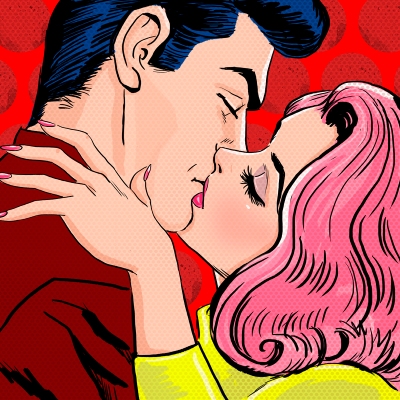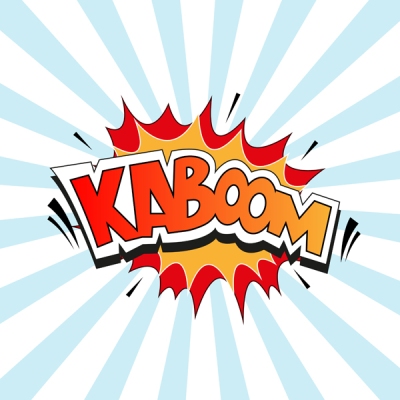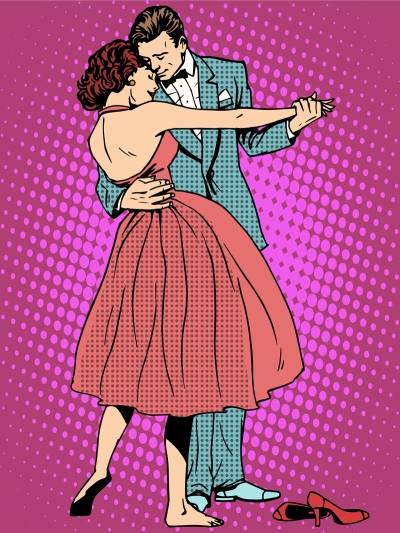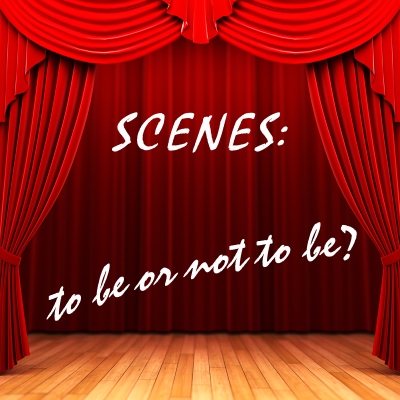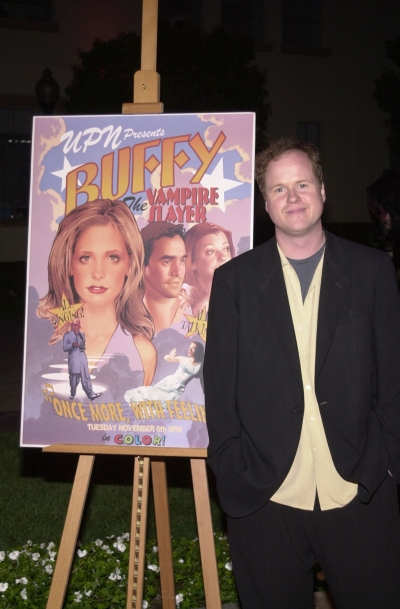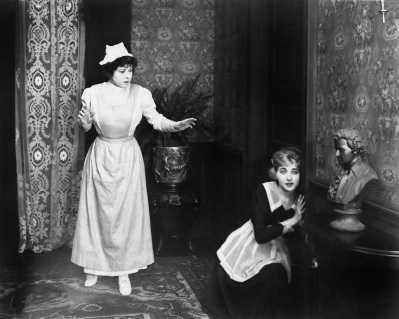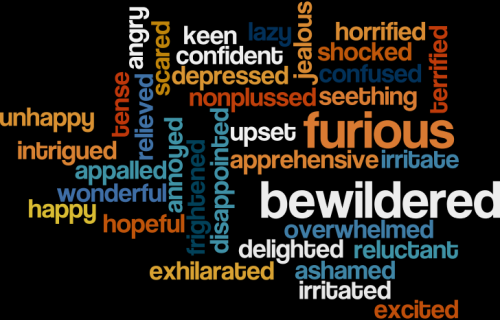Hello All You Wannabe Children’s Writers,
Today I’m going to tell you all about publishers who focus on children’s books. Now, are you sitting comfortably? Can you see the pages? Let’s begin…
First up – you need to know that I’m focussing on Australian publishers and I’m zoning in on those publishers that are accepting unsolicited manuscripts. Does everybody know what that means? In case you don’t – unsolicited manuscripts are those that arrive to the publisher unsolicited. That means the publisher didn’t ask for them, they simply ‘arrived’. Unsolicited manuscripts are different from solicited manuscripts – solicited m/s may have been introduced to the publisher by an agent or the publisher may have requested the manuscript based on you having previously published with them. You’ve got to remember that publishers aren’t just sitting around waiting for your novel! They’re working hard on putting together and promoting their current list, they have their ‘family’ of authors that have already been solicited (so to speak) and they have lots of other work they attend to. Literary Agent and author Virginia Lloyd has written about the path of the solicited/ unsolicited manuscript on her blog which you can read here.
Anyhoo – for the purpose of this blog, let’s pretend you have written a sensational children’s book and you’re looking for a great Aussie publisher. Who might you approach?
Well – the first stop would be to purchase the terrific e-zine subscription called Pass It On. Pass It On is organised by the totes excellent children’s author extraordinaire Jackie Hosking. Each Monday, Pass It On lands in your email inbox and is jammed full with the latest info – specifically for authors of children’s and YA – on literary competitions, societies, groups, workshops, poetry, news, book launches and publisher information. Pass It On will provide you with a way to build your writing network as well as offering all the links you need to polish your story and prepare it for submission to a publisher.
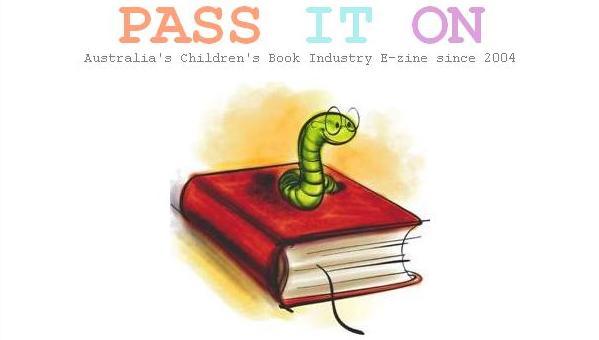
After that – you might consider approaching some of the following…
Allen & Unwin’s The Friday Pitch – make sure you follow all their guidelines and formats. You want them to take you seriously! I notice that The Friday Pitch is open to non-fiction and adult as well so if you’ve got some of those manuscripts kicking around the bottom drawer….
EK Books is an imprint of Exisle Publishing. Their motto is ‘great story, great characters, great message’ and their books are mainly aimed at children aged 4-8 years. They also describe themselves as the new kids on the children’s publishing block – so you might consider getting in on the ground floor with them as they build their lists.
Like Allen & Unwin, Freemantle Press are looking for all kinds of manuscripts – not just children’s. They are especially interested in work that has a strong Western Australian flavour or that has been written by a WA writer.
Harper Collins Publishing offers The Wednesday Post where they accept unsolicited manuscripts on a Wednesday. At the moment they are not accepting children’s but they are considering Young Adult so… worth a try there.
New Frontier Publishing is looking for children’s books to educate, uplift and inspire. I also notice that you can purchase their author submissions pack which costs $60 but includes a variety of their books (around 5 ) and a description of why each of those were chosen for publication. A good learning curve and a few books to add to the shelves!
Pan MacMillan Australia has Manuscript Monday and while they aren’t accepting children’s picture books they are considering YA, crossovers and junior fiction. They emphasise that you must be familiar with the work they publish (it’s always a good idea – so you find the right publisher for your story). Do your homework before you submit!
Random House Australia has a couple of imprints that will publish children’s books. They request a query email first (kidspitch@randomhouse.com.au) so work on your pitching skills and make that initial email something impressive!
text publishing is interested in fiction and non-fiction for junior and upper primary as well as YA. These guys are a personal fave of mine – they publish some great stuff and I love that they’re a little bit old school – they want you to post a hard copy, in the mail. I love that – whenever I have to send anything in by hard copy I always give it a squeeze and a kiss before I slip it in the post! *blush*
Okay – so there are many more but I think this gives you a good starting point. If you would like to know more, you can purchase (for a measly $5) the AUSTRALIAN CHILDREN’S BOOK PUBLISHERS ACCEPTING UNSOLICITED MSS pdf from Jackie Hosking at Pass It On (you’ll find it on the side bar)
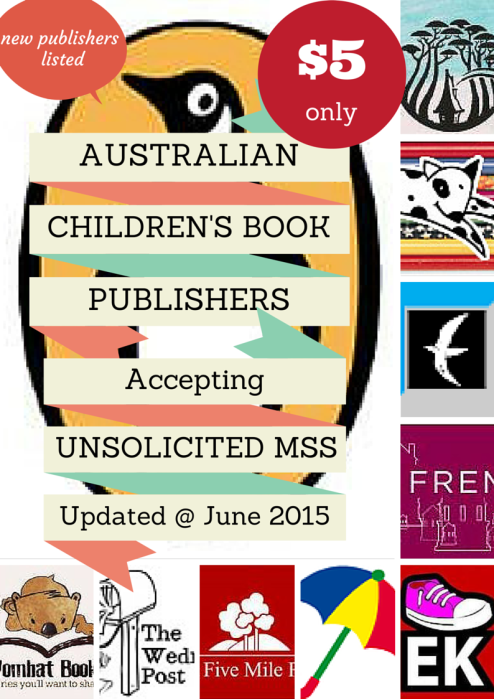
Good luck and let us know how you get on submitting your story to a real, live publisher! *squeee*

